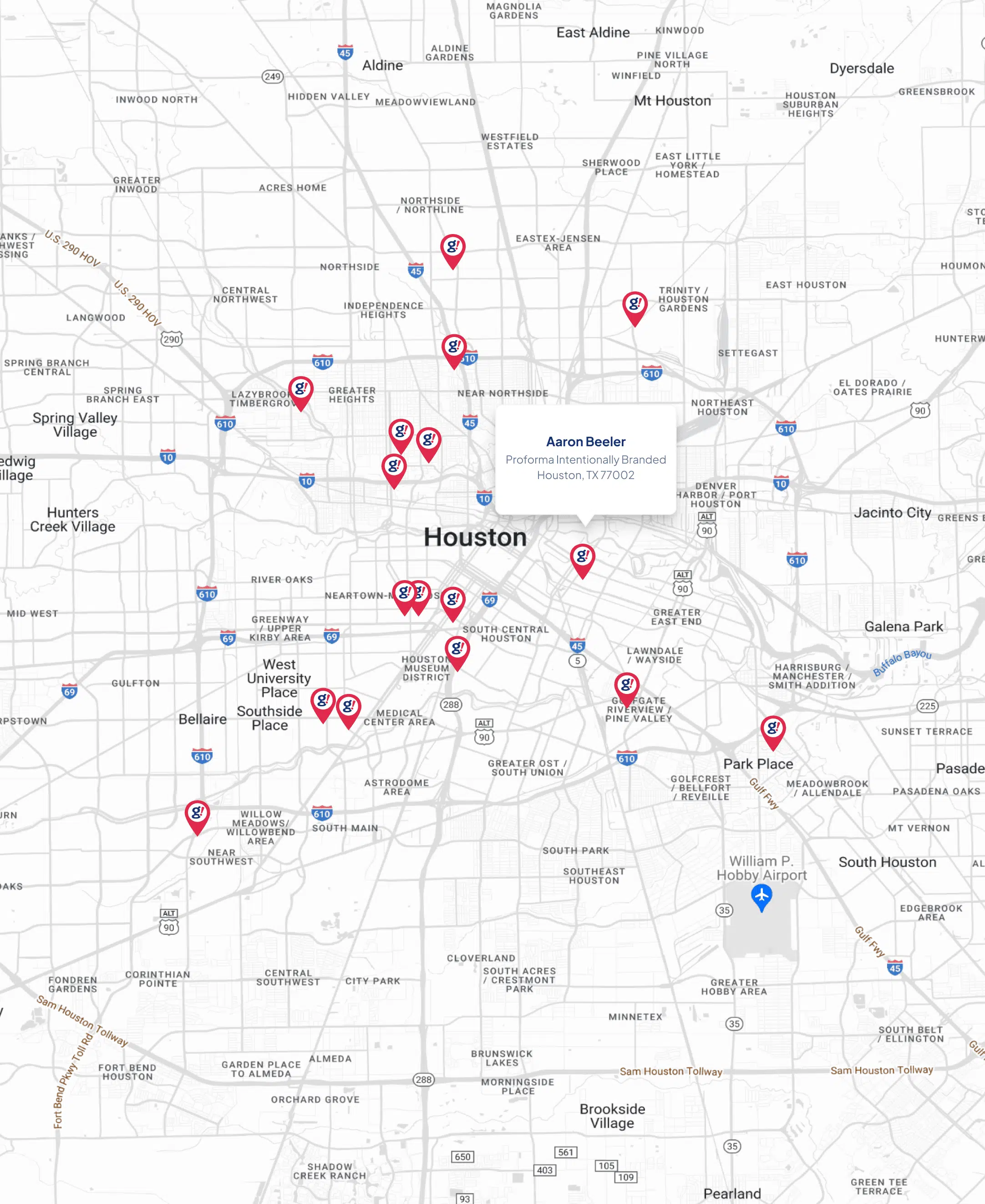The Ultimate Guide to Building and Growing a Winning Website
The Ultimate Guide to Building and Growing a Winning Website
A well-optimized website is the foundation for online success. Whether you’re launching a new site or improving an existing one, these steps will help you rank higher, drive traffic, and generate more leads. These are the minimal things gotcha! does for any website we work on. We do have a few secret weapons as well. Call us to learn more.
Phase 1: Building a Winning Website (Pre-Launch)
1. Organize a Strong Site Structure with Clear Navigation
- Ensure your website is easy to navigate with a logical hierarchy (Home → Services → Contact).
- Keep important pages within 1-2 clicks from the homepage.
- Use internal linking to guide visitors and improve SEO.
2. SEO-Optimized Core Pages (No Keyword Stuffing!)
- Homepage: Clearly define your business and include a compelling CTA.
- Service/Product Pages: Provide detailed descriptions with structured content.
- About Page: Showcase your expertise and credibility.
- Industry-Specific Pages: If relevant, create pages tailored to niche audiences.
3. Fast, Mobile-Friendly, & Secure Website
- Optimize speed using Google PageSpeed Insights (site should load in under 3 seconds).
- Ensure a mobile-first design since 60%+ of searches happen on mobile.
- Secure your site with HTTPS (SSL Certificate) for better rankings and user trust.
4. Content Strategy & Content Clusters
- Use a content cluster strategy (pillar pages + supporting blog content).
- Optimize content with structured data (schema markup) for better search visibility.
- Focus on user intent rather than stuffing keywords.
5. Lead Capture & Conversion Optimization
- Include clear CTAs (forms, call buttons, live chat, and opt-in offers).
- Offer lead magnets (free eBooks, consultations, discounts) to collect emails.
- Use A/B testing to optimize conversion elements.


